This post was sponsored as part of an Influencer Activation for Influence Central and all opinions expressed in my post are my own.
For many years my oldest daughter asked to be a big sister. We really thought a family of three is all we would ever be until on big sister’s first day of kindergarten in 2014, we learned we would make her dreams come true. She was so excited when we shared the news and waiting for little sister to arrive seemed to take forever. When it was finally time for the big day at my planned induction we learned that because of the potential risk of RSV, big sister would not be able to visit my labor and delivery room. Already devastated because she couldn’t stay overnight at the hospital with us and would be staying with her grandma instead, not being able to visit us was awful news for big sister. She was just six years old and the most excited to meet her baby sister. With this month being RSV Awareness Month, we all should learn a little about the highly contagious, seasonal virus that affects nearly 100% of infants by the age of two and occurs in epidemics from November through March.
October is National RSV Awareness Month and while most parents are at least mildly familiar with the virus, there was so much I was surprised to learn when little sister was born.
The bond my girls share is incredible considering their six year age gap. Little sister couldn’t be more proud of her big sister and follows her every move. Fortunately for our family, we have not experienced RSV in our household but it’s reassuring to know the great lengths hospitals do take to make sure their newest little patients are safe.
Unlike what some believe, all babies are at risk for RSV. Common symptoms include those that present themselves as the common cold or flu. Severe RSV causes up to 125,000 infant hospitalizations and around 200 deaths each year in the United States. We all have someone close to us that has been impacted by RSV. It’s so important to know the signs and when to seek medical assistance. Potential signs not to be ignored include persistent coughing or wheezing, fast or troubled breathing, bluish color around the mouth or fingernails, and fevers. For some infants, RSV is mild but for others, it can develop into a much more serious viral infection.
From day one, big sister couldn’t wait to meet the newest addition to our family. She spent almost her entire first year of school anticipating the arrival.
We did not expect our oldest daughter to be turned away by the hospital and not able to experience the excitement leading up to her sister’s birth with my husband and I. Although it probably felt like an eternity to her, the moment she did finally meet her little sister was magical.
Our new baby was not at risk for severe RSV disease but other newborn infants in the nursery could have factors making it unsafe for our older daughter to visit. There is no current treatment for RSV so it is extremely important for new parents to understand their child’s risks. Premature infants born at or earlier than 35 weeks gestational age are at a higher risk.
Little sister coming home was the best day ever for our oldest daughter but that certainly didn’t mean she was safe from the high numbers of RSV reported in our community.
Bringing home a new baby is exciting and sometimes we forget how dangerous it could be to bring them out too early and overexpose them to unnecessary germs and worse, RSV. There are a few things you can do to help prevent RSV disease and protect your child.
- Wash your hands! Remind your children and others in your home to wash their hands.
- Sanitize your child’s belongings to prevent exposure to germs.
- Ask your child’s pediatrician if your child could be at a higher risk for severe RSV disease.
Our youngest daughter is now two years old and while big sister might not appreciate all the pretties she’s “borrowed” from her bedroom, they are the cutest best friends together.
Have you had any personal experiences with RSV? Please share to continue this conversation during National RSV Awareness Month. Learn more about how to Protect Little Lungs on Facebook.
RSV Infographic references:

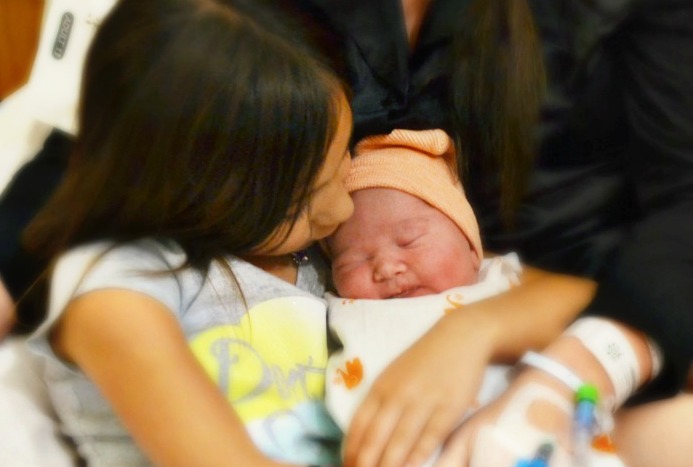
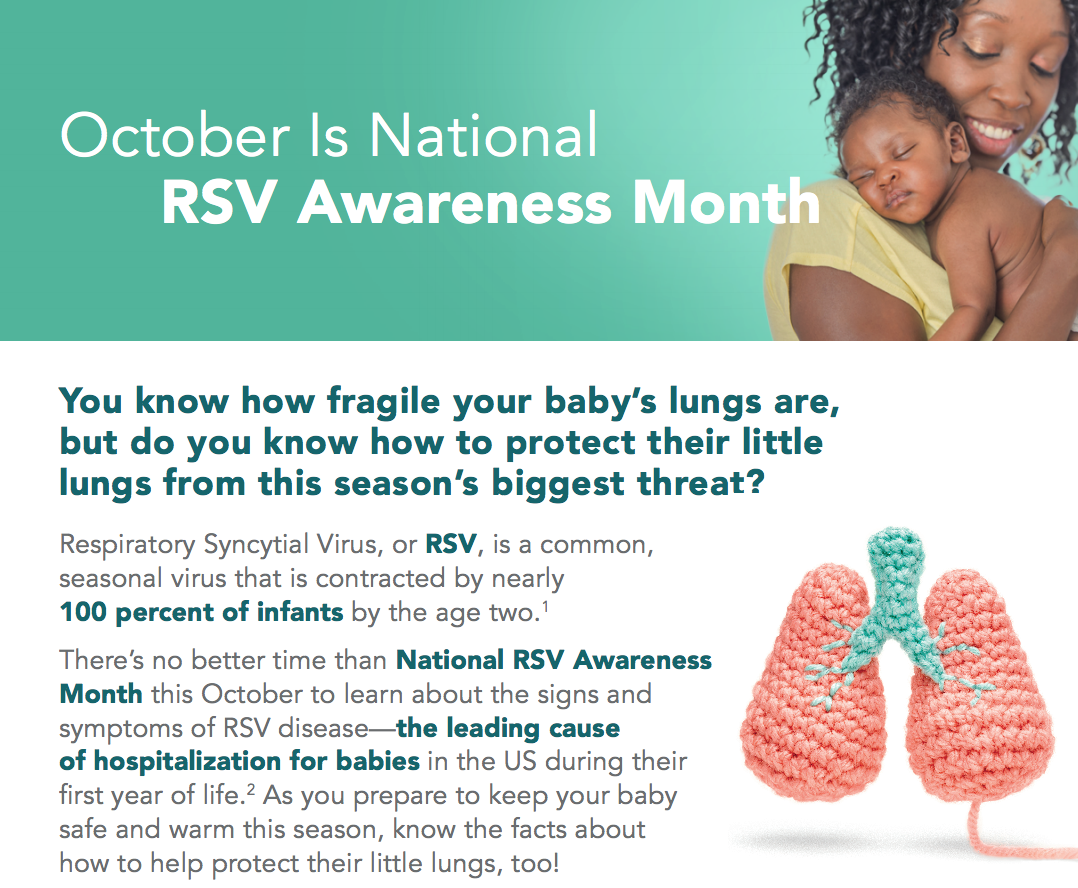
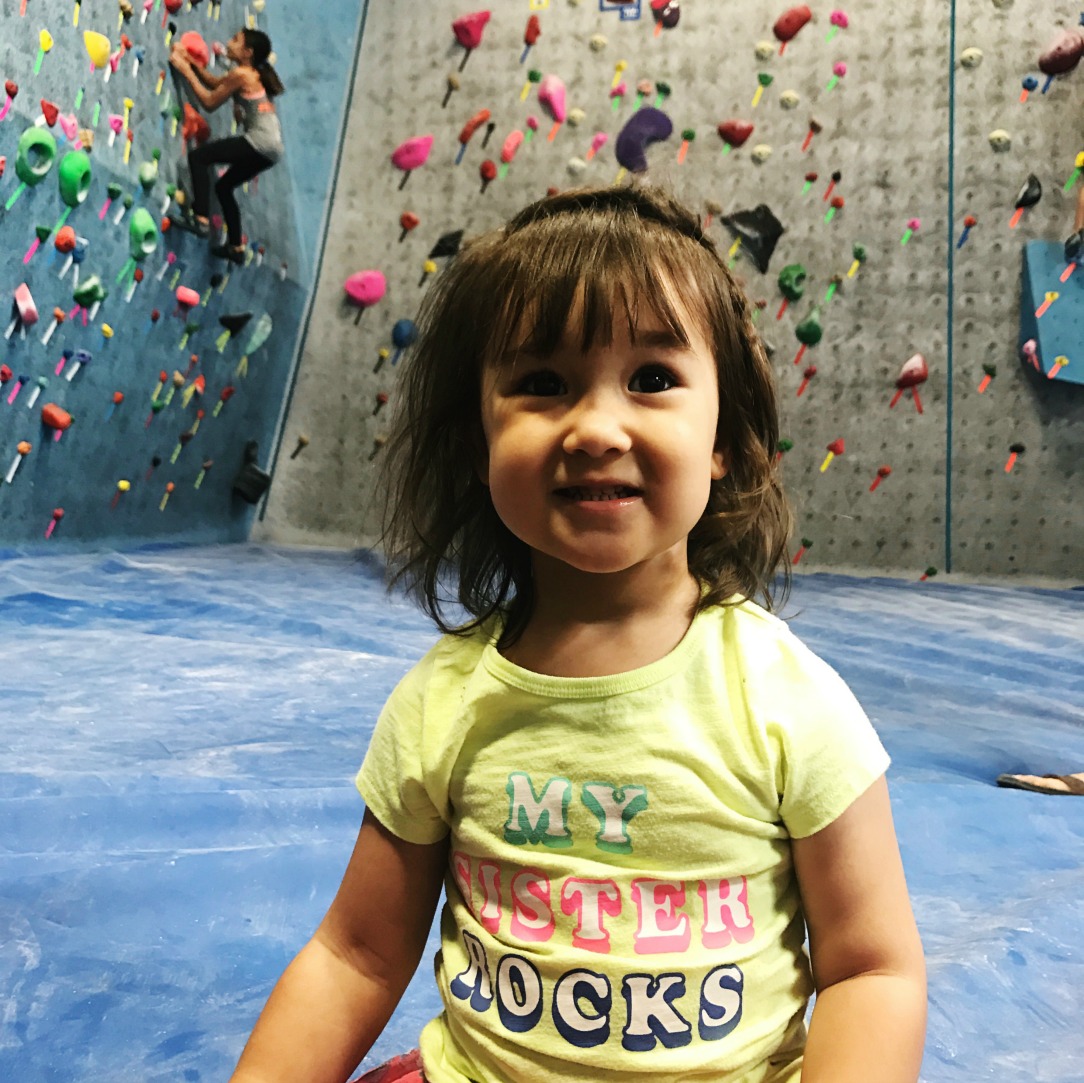
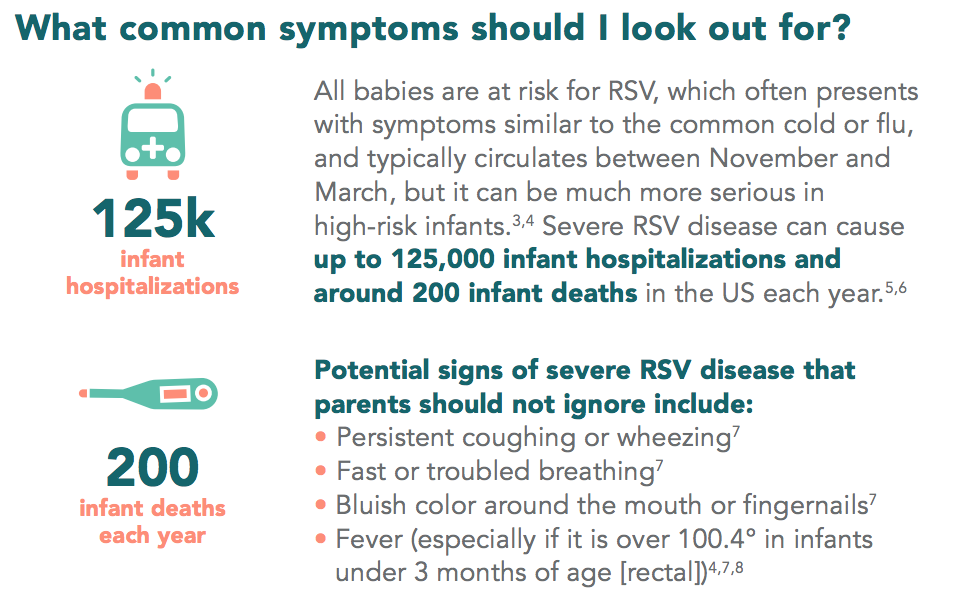
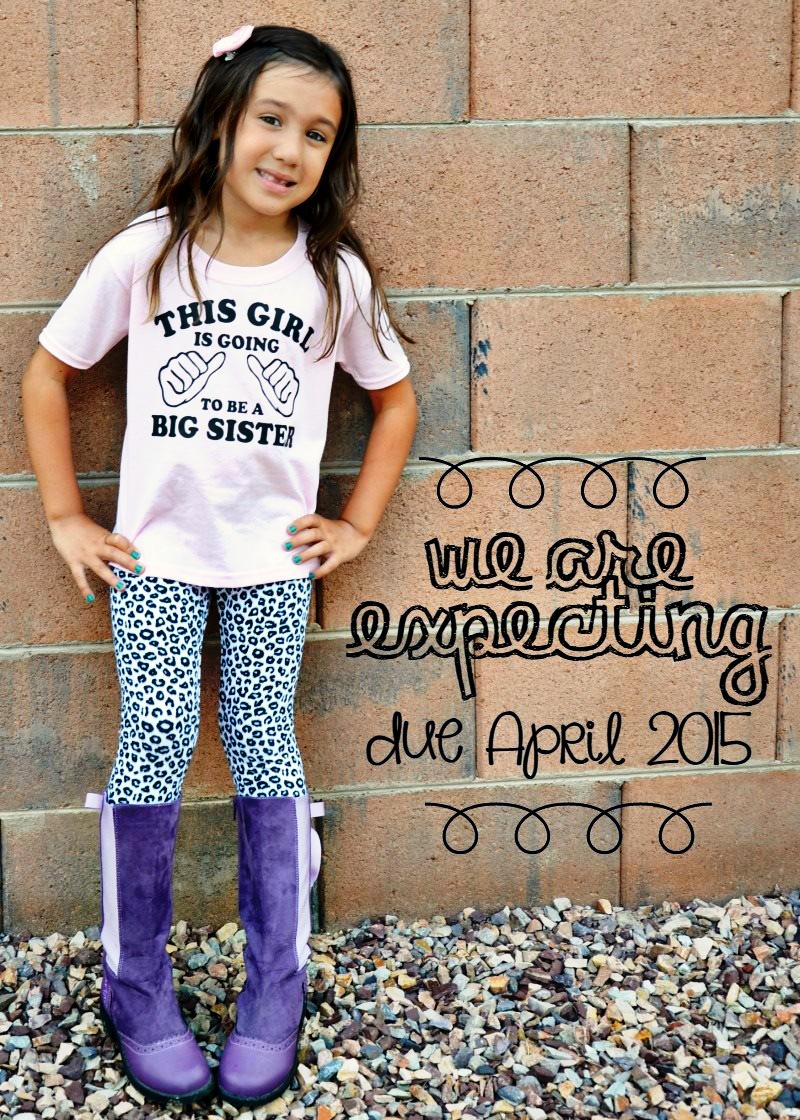
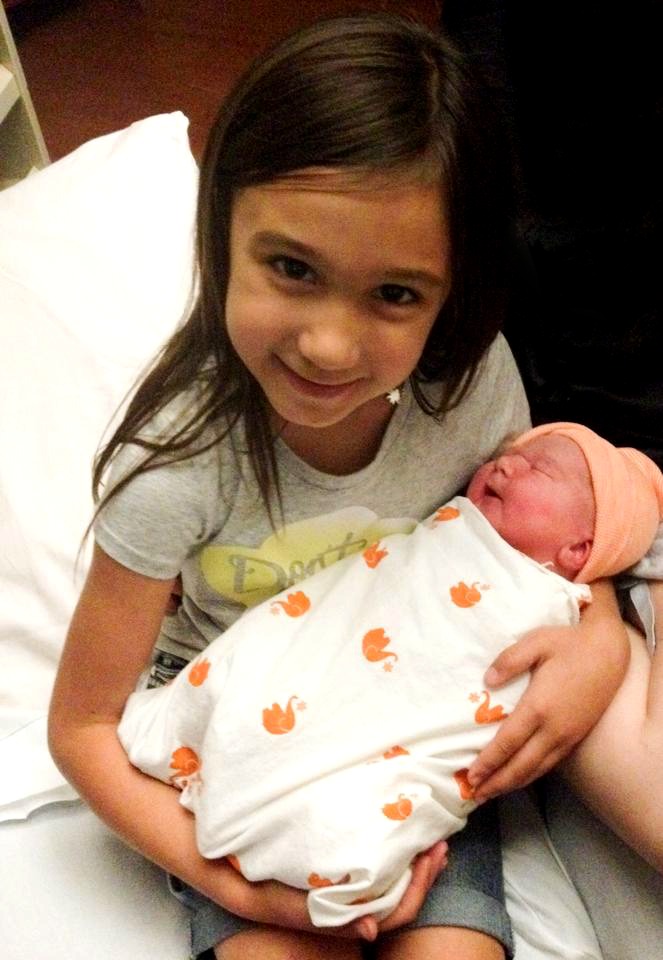
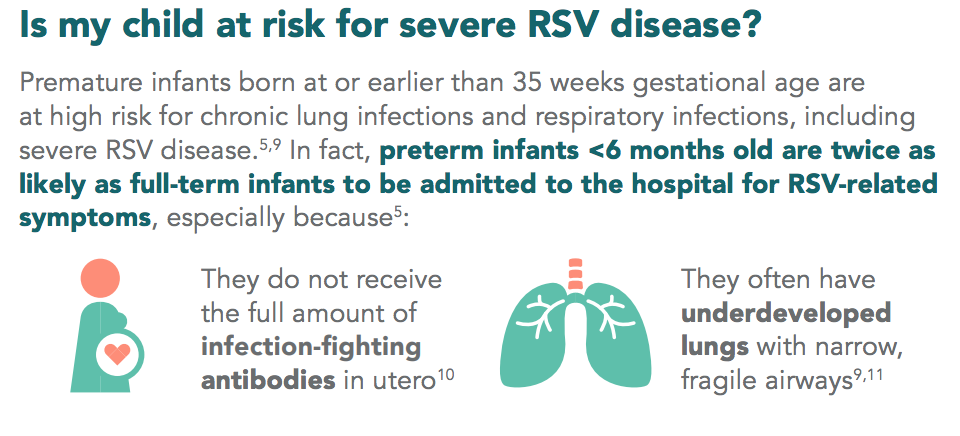
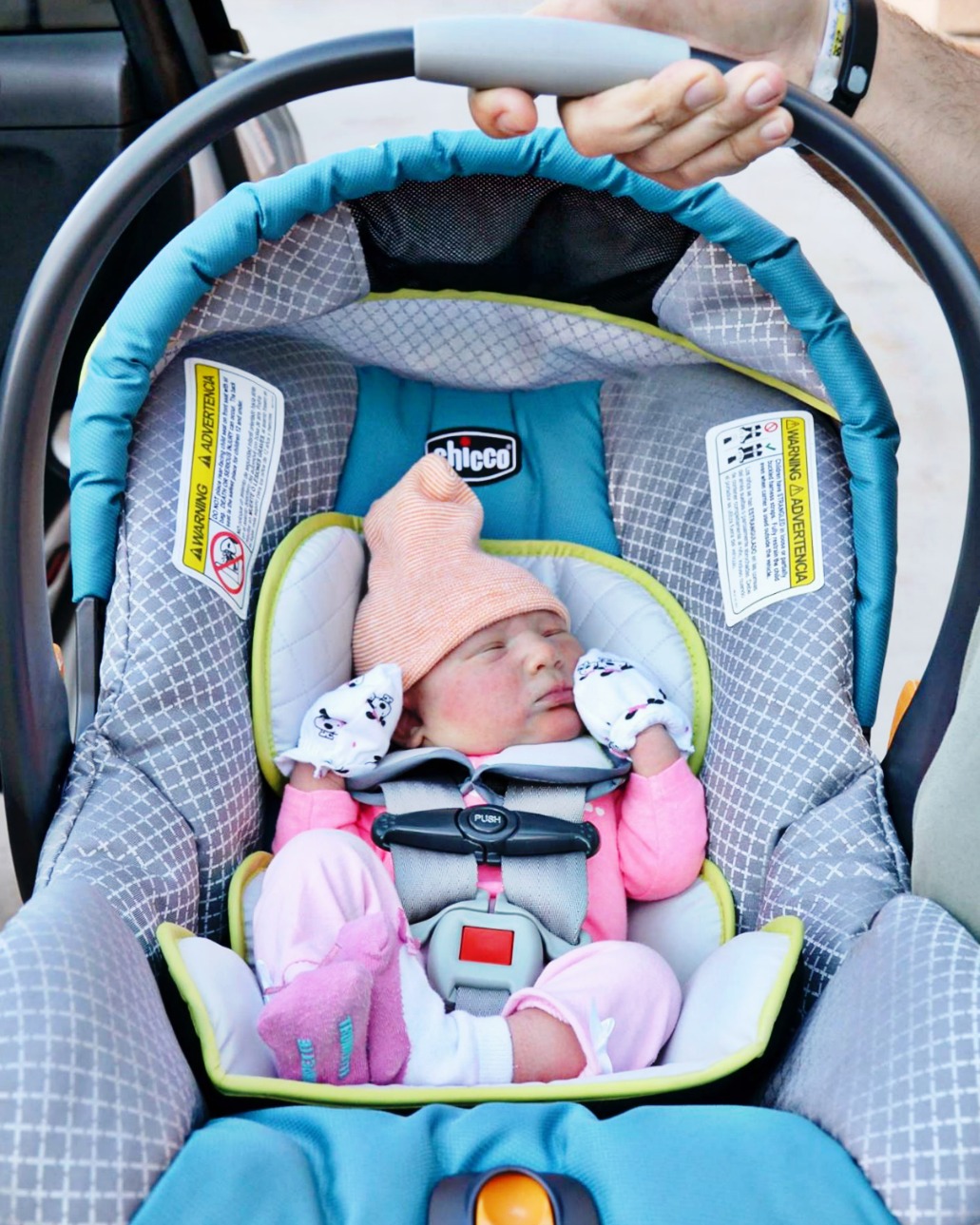
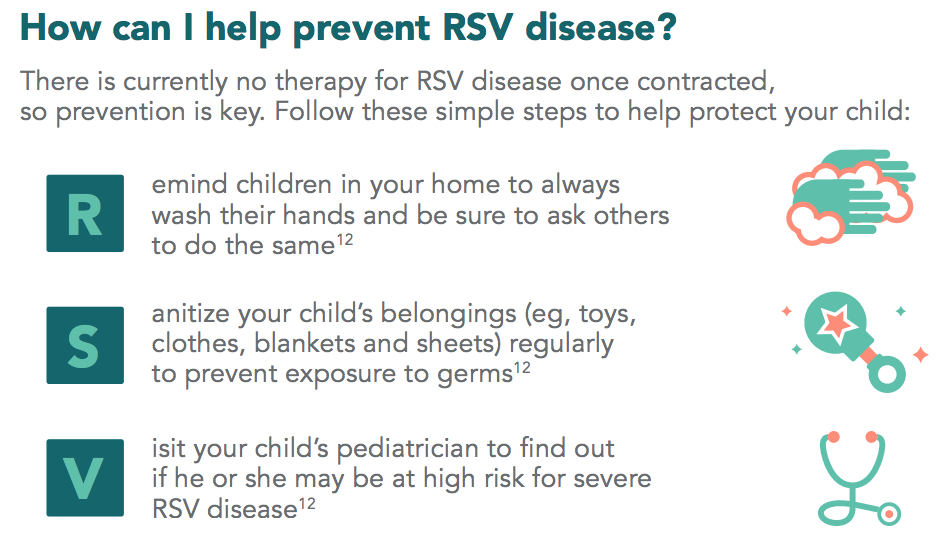
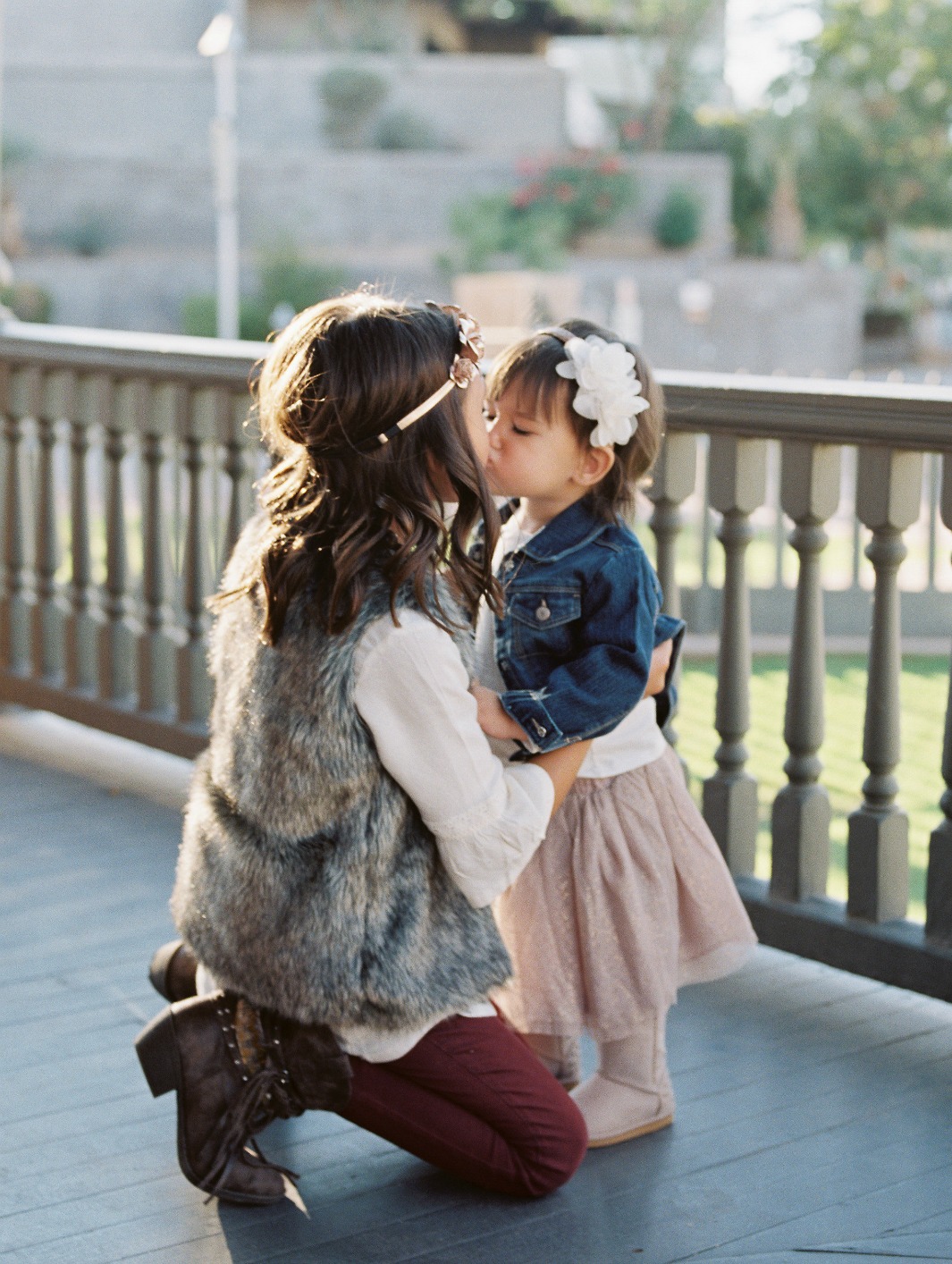
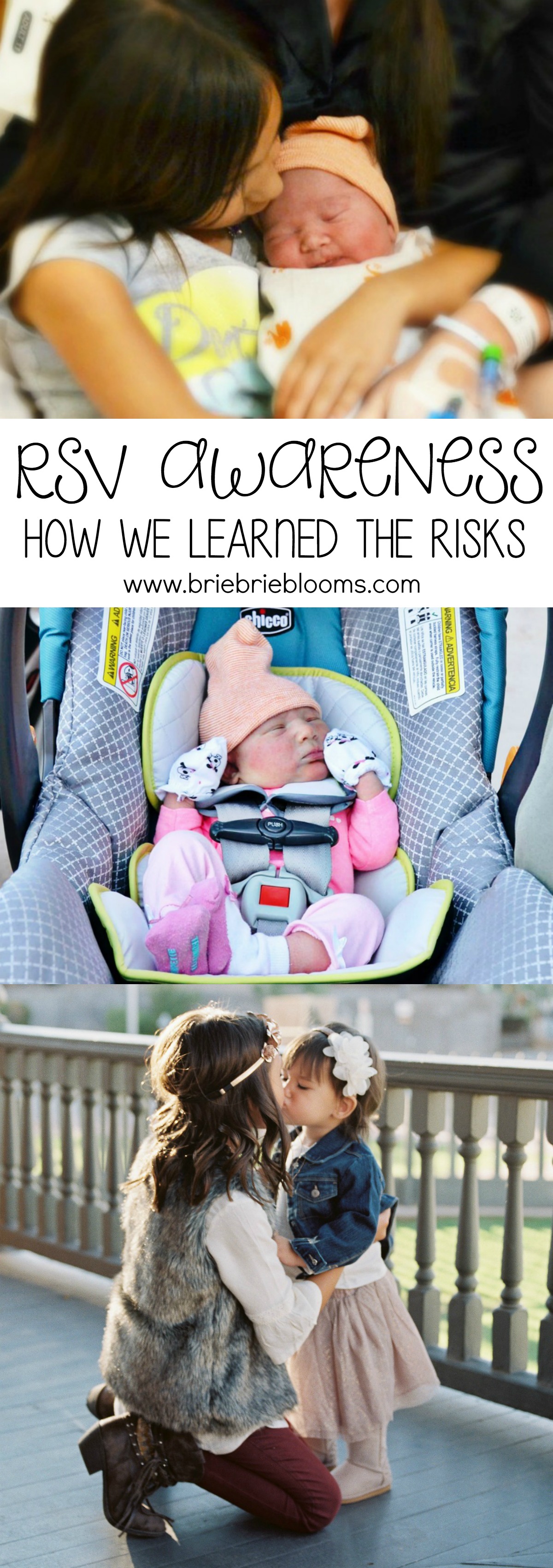
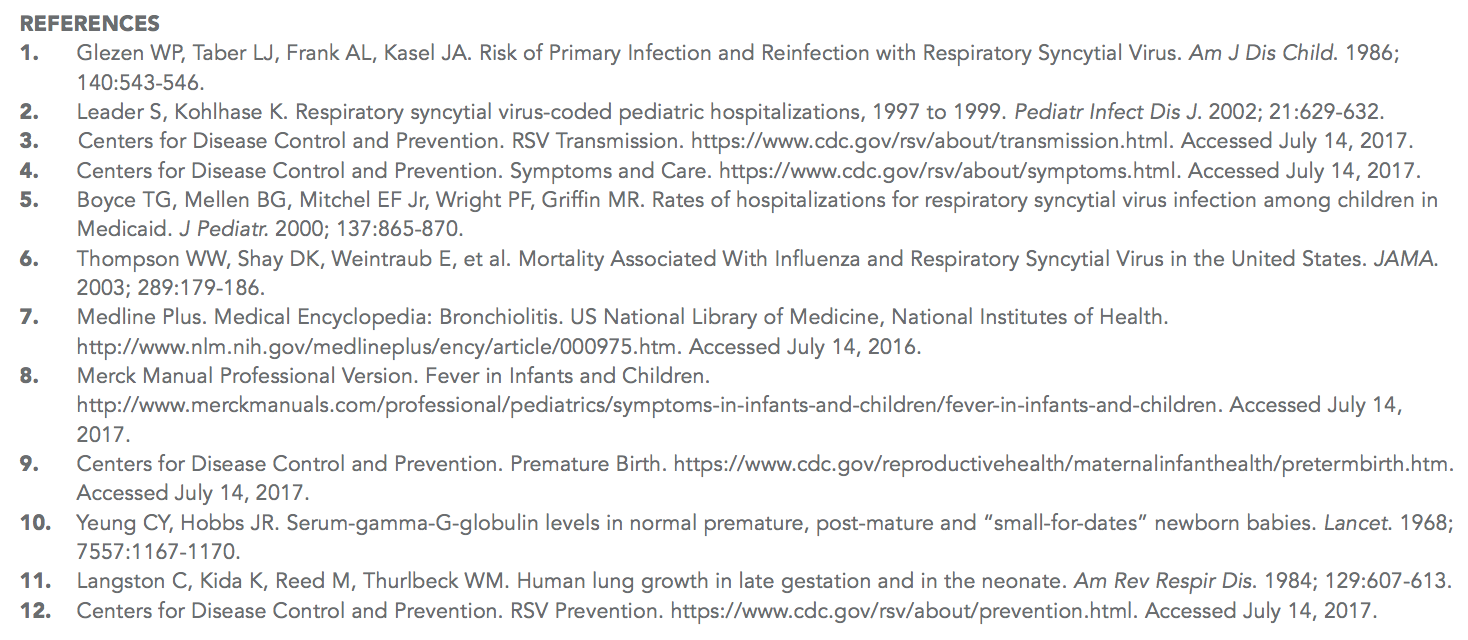
It’s really amazing that you’re raising awareness on this. I did not know much about RSV and how risky it is for infants.
My mom always tells folks not to kiss a baby on the lips for fear of passing along germs. She may have been right all this time!
My girls never had RSV, but we were super picky about where we went and who we allowed to come over to our home. I was one of those moms who didn’t really let anyone hold the babies. I was protecting their little bodies from all the germs that people carry and not even realize it.
I’ve never heard of RSV. Which is interesting because I work with pregnant women. But it makes sense that you have to be so careful. Babies don’t have the immune systems we have. So it’s always good to have a reminder to take extra precautions.
I have never heard of this. Infants of so fragile and it’s good to be aware of the risks. Glad your daughters are close despite the age gap.
Such cute pictures of your girls. I’ve heard of RSV and definitely glad there is more awareness around it today. Infants are so vulnerable to so many things.
I did not know that RSV was a seasonal threat. With something so common, you’d think that there would have been a cure for this or widespread awareness, at least .
RSV is so scary in tiny little ones. We thankfully never had it with either of the kids, but I have good friends who had to deal with it and it is no fun. Anything like that in such a young baby can be life threatening. It is wonderful to be ready and prepared.
Such a great awareness post, especially around this time of the where cold, flu, and RSV are at the start. Your kids look like they have a great bond too
I’m a labor and delivery nurse and I can’t tell you how many times I have to preach about RSV! It’s such an important thing that new mama’s should know about.
My older son had RSV at six months and it was a scary time. It’s so important for new parents to be educated about its symptoms.
BRAVA, Mama! This is a superb, very well-written and well-researched article on a very important topic. I am totally pinning this all over my relevant Pinterest boards to try to help get the word out – thank you for writing this!
This is some amazing advice for parents or those around babies. On another note your girls are adorable and seem to get along so well! My little guy is still young but I almost can’t wait for #2 so they can play together.
RSV was little known when my boys were babies. I am so glad that there are so many resources out there, and that there is increased awareness.
I was not aware of RSV until reading this post. Now i have a better understanding of why making sure your baby’s lungs are developed before their are born is so important.
I had no idea RSV was so prevalent. I’m glad to see more awareness is being raised about this serious condition. It will help so many parents.
I honestly had no idea that RSV was a problem of this magnitude. There probably definitely needs to be some awareness and education about it to ensure that parents are doing the best they could.
Thrifting Diva
http://www.thriftingdiva.com